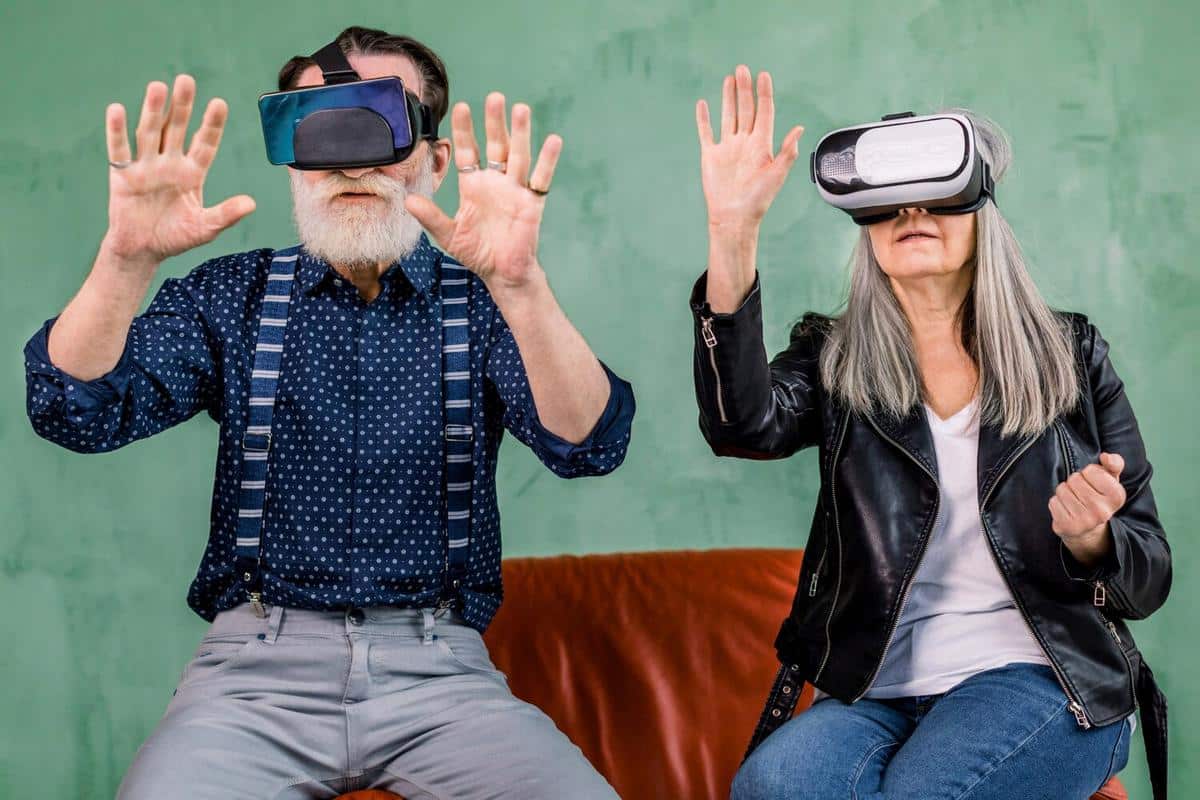
Healthcare Accessibility: Bridging the Gap for Marginalized Communities
Access to healthcare is a fundamental human right, yet many marginalized communities face significant barriers that hinder their ability to receive adequate medical care. This disparity not only affects individual health outcomes but also contributes to a broader pattern of social inequity.
Understanding the Barriers
Marginalized communities often encounter obstacles such as geographical isolation, financial constraints, and systemic discrimination. According to the World Health Organization, these barriers can lead to delayed treatment and poorer health outcomes. For instance, rural areas frequently lack sufficient healthcare facilities, resulting in residents having to travel long distances for basic services.
Expert Insights
Dr. Maria Gonzalez, a public health expert, emphasizes, “Addressing healthcare accessibility requires a multi-faceted approach that includes policy changes and community engagement.” This perspective underscores the need for systemic solutions to complex problems.
Statistics Highlighting the Issue
Recent studies indicate that people in low-income neighborhoods are twice as likely to report unmet health needs compared to those in wealthier areas. Additionally, the uninsured rate for marginalized groups remains significantly higher, as highlighted by the Kaiser Family Foundation.
Personal Stories
Consider the story of James, a resident of a remote town, who must take a day off work and travel over 50 miles for a routine check-up. His experience is not unique and highlights the ongoing struggle faced by many in similar situations.
Actionable Steps
- Advocate for Policy Change: Support legislation that aims to increase funding for healthcare facilities in underserved areas.
- Community Involvement: Participate in local health fairs or volunteer with organizations seeking to improve access.
- Telemedicine: Utilize telehealth services when available, as they can offer a practical solution for those in remote areas.
Resources for Further Reading
Visit World Health Organization and Kaiser Family Foundation for comprehensive reports on healthcare accessibility.
Frequently Asked Questions
What are the main barriers to healthcare for marginalized communities?
Geographical isolation, financial constraints, and systemic discrimination are primary barriers.
How can telemedicine help?
Telemedicine can provide remote consultations, reducing the need for travel and increasing access to healthcare professionals.
Conclusion
Bridging the gap in healthcare accessibility for marginalized communities is crucial for promoting social equity. By understanding the barriers and taking actionable steps, we can work towards a more inclusive healthcare system. Encourage your local representatives to prioritize healthcare accessibility, and consider volunteering your time to organizations dedicated to this cause. Together, we can make a difference.


